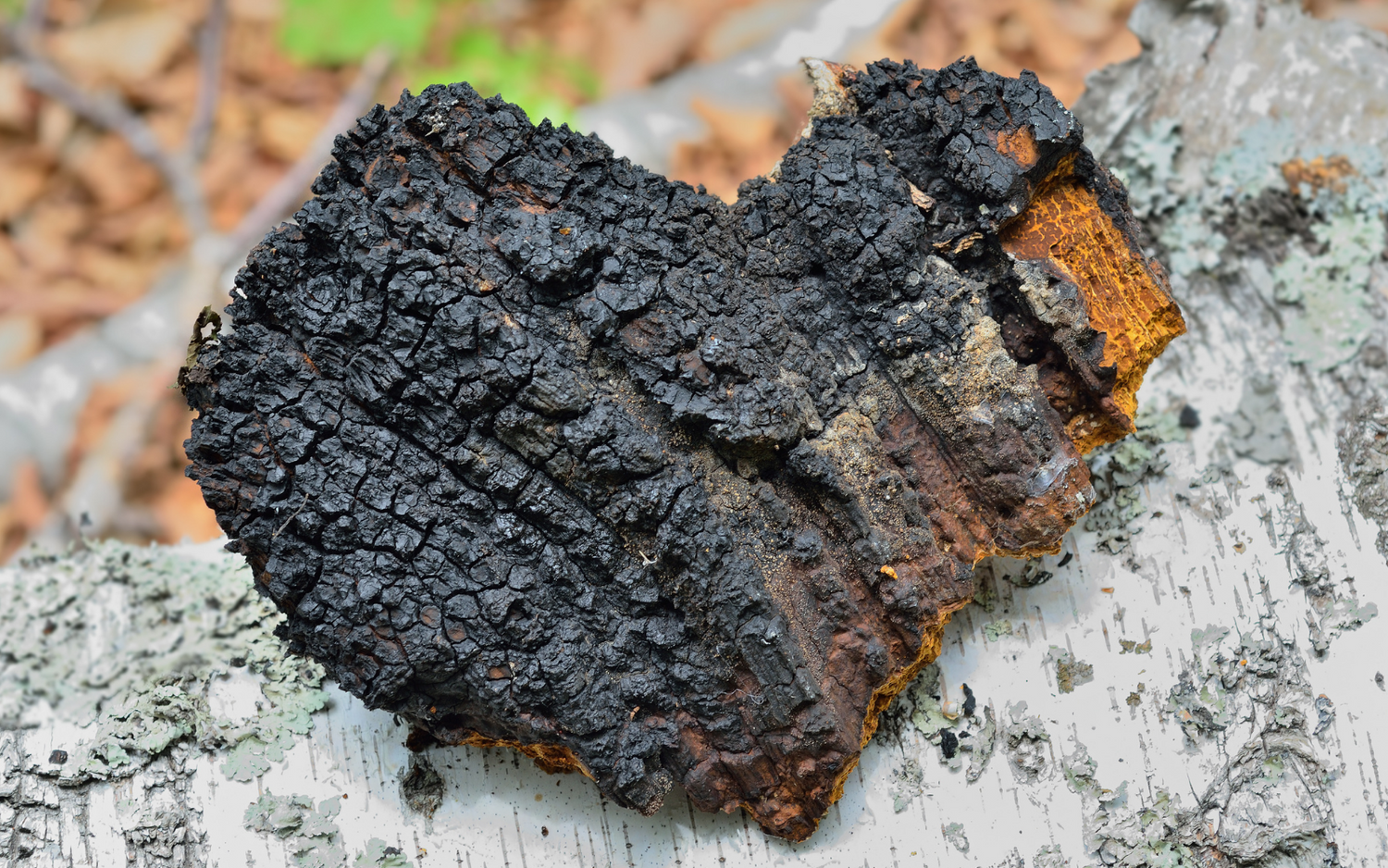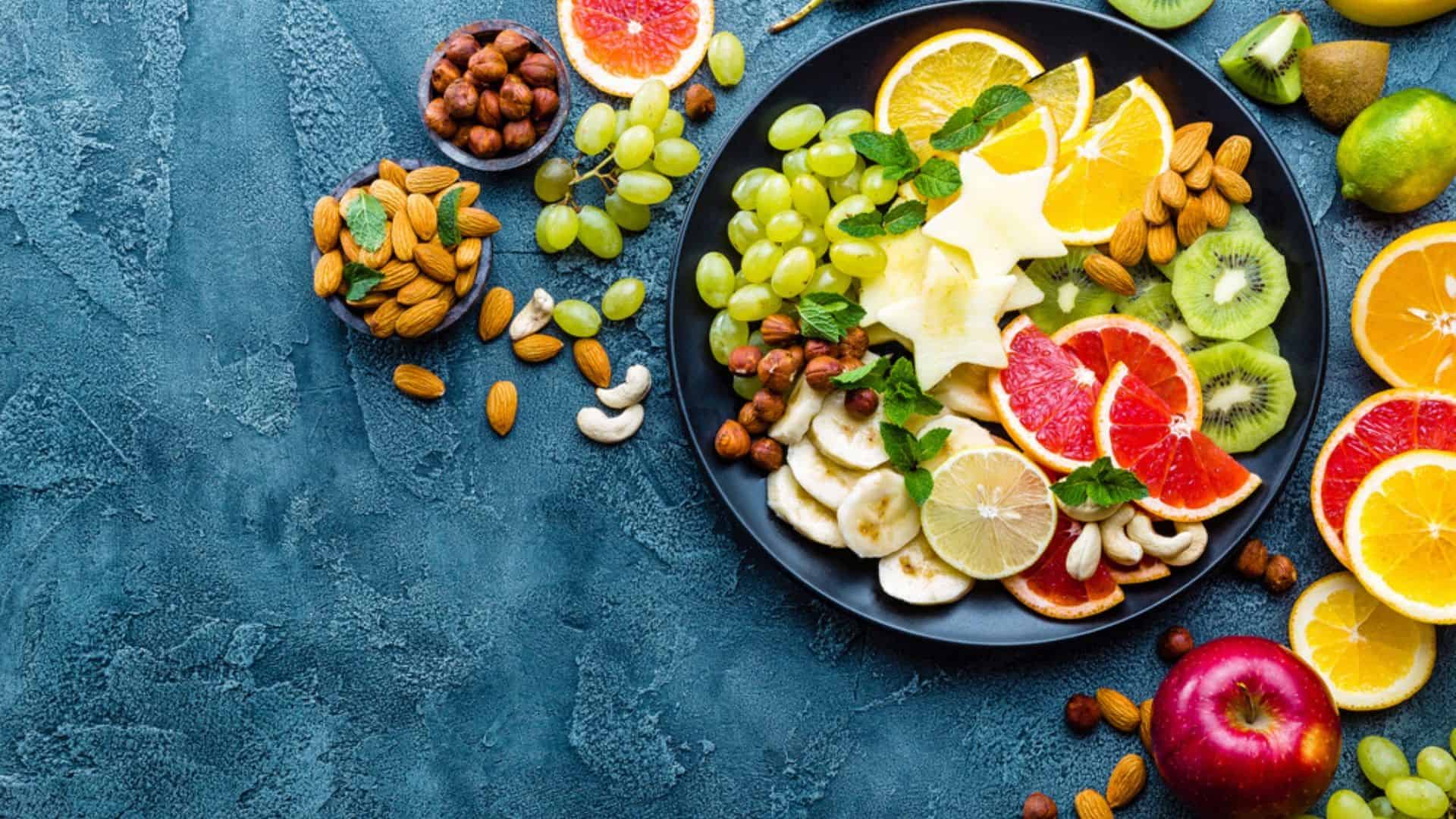Mycelium, fruiting body, beta-d glucan... what does it all mean? Since September is National Mushroom Month, we thought it would be fun to nerd-out for a minute and explain some of the common terms or "shroomisms" in the world of medicinal mushrooms.
1. Spores
Spores are often thought of as the “seeds” of the mushroom, although that is technically not correct. Each individual spore actually contains half of the genetic material required for the mushroom mycelium to form and for the mushroom to eventually grow. Spores come in all different shapes and sizes, and are sometimes an important way to distinguish different species of mushroom.
Mushrooms release billions and billions of these spores at the end of the mushroom life cycle. They are everywhere in nature, and you probably even have some floating around you right now! Interestingly, some mushrooms are actually grown for their spores as a medicinal product. Growers will collect spores and process them by “cracking” and which makes the beneficial compounds available. One species that this is commonly done for is Reishi, since the spores contain high levels of triterpenes.
2. Mycelium
Mycelium is often thought of as the “roots” of the mushoom, and is the structure that grows through the ground looking for nutrients for the mushroom. Mycelium is typically white and filamentous - and if you ever want to see some just pull back some of the moss on the forest floor or flip over a log. That white stringy stuff is mycelium!
Mycelium comes in all sorts of different shapes and sizes. Reishi for example is super tough and tenacious, whereas Lion's Mane mycelium is much more light and airy.
3. Fruiting Body
This is really just a fancy word for what we all know as a mushroom. It is the part that grows out of the ground, tree or log, and is also the part of the mushroom that is able to produce spores. If you have ever seen a mushroom at the grocery store, you are looking at the fruiting body! The fruiting body contains high amounts of beneficial beta-glucans and other important bio-active compounds.
4. Beta Glucan
Beta-glucans are a specific type of polysaccharide (meaning "many sugars") that has the ability to modulate our immune system. Beta-d glucans are water soluble, and found in abundance in the fruiting body of the mushroom. They come in all sorts of different shapes, sizes, and orientations - which is why they can have such unique health benefits.5. Chitin
Chitin (pronounced kai-tin) is a tough substance made of natural polysaccharides that forms the outer cell walls of fungi. Chitin is also found in the exoskeleton of arthropods like lobsters and crabs. It is really hard for humans to break down Chitin. For mushrooms, the beneficial compounds (like beta-glucans) are typically locked up inside of those tough “chitinous” walls. That is why mushroom fruiting bodies need to be processed through extraction in order to pull those compounds out and get the most benefit.6. Substrate
You can think of substrate as the "soil" the mushrooms grow in. For gourmet or medicinal mushrooms, the substrate is typically hardwood, with some sort of nutritional booster like wheat bran or oat bran. Sometimes mushrooms are grown on logs, in which case the substrate is just the log itself. Some mushrooms, like the common button mushroom, are "primary decomposers", meaning they will be grown on a substrate of compost.


